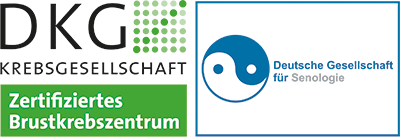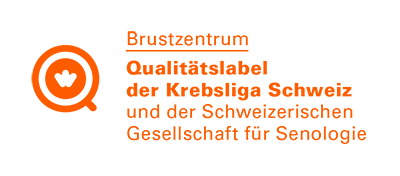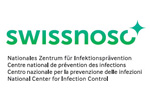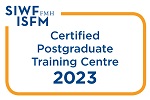Pain management
Once the patient has regained consciousness after being anaesthetized our top priority is to reduce pain to a minimum and avoid side effects such as nausea and dizziness. Various techniques can be used for this.
Basic pain-relief medication is administered at regular intervals following surgery which does not usually cause much post-operative pain. Should the patient still experience unpleasant pain, he or she can request more powerful pain-killers from the nursing team at any time (pain relief on demand).
In patient-controlled analgesia (PCA) the patient can self-administer powerful pain-relieving medication intravenously using a pump. The dose of pain medication can be administered repeatedly as required to reduce the pain to a bearable level.
If combined or regional anaesthesia is given, the catheter can be left in place after the operation. A pump continues to supply anaesthetic medication to the operation site for a few days, providing optimum pain relief. This technique, known as continuous peridural analgesia (PDA) or continuous peripheral nerve block (PNB), is currently the gold standard in pain management.
Patients whose pain is being managed by PCA, PDA or PNB are visited by an anaesthetist at least once a day. He monitors and regulates the pain pump to ensure that the patient receives optimum pain management with the minimum side effects. The department of anaesthesia also has doctors who are specially trained in pain management. They oversee difficult pain therapies on the wards and offer out-patient consultations. Patients who would like to talk to one of these doctors should ask their general practitioner to refer them.








